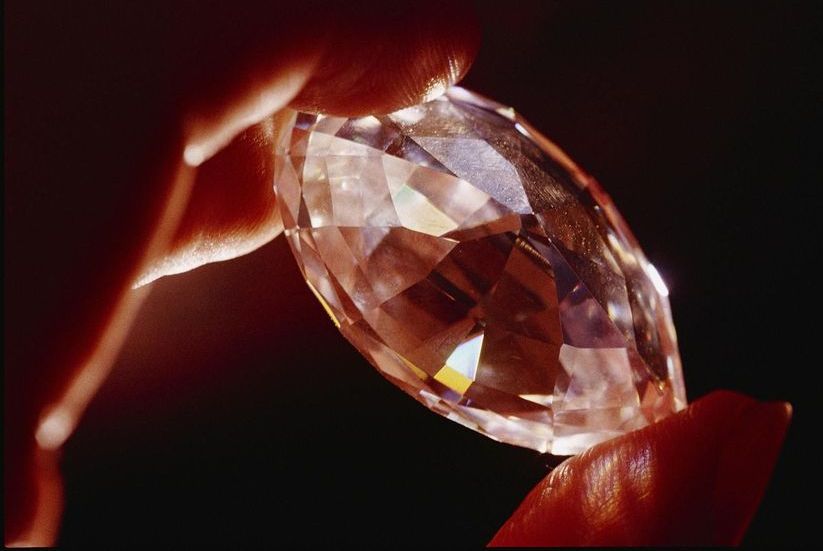A new study shows that quantum technology will catch up with today’s encryption standards much sooner than expected. That should worry anybody who needs to store data securely for 25 years or so.
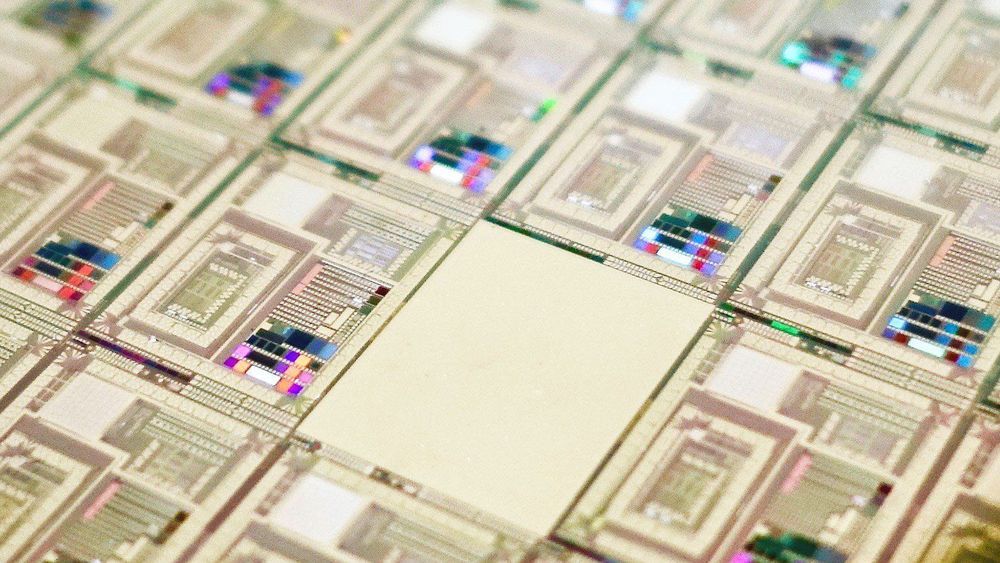


May has been a great month for LEAF; there’s been a lot of exciting news, such as our president’s participation in the XPRIZE Foundation’s most recent meeting, Steve Hill making it among the top 100 journalists covering aging research, and last but not least, the launch of Lifespan.io’s brand-new, life extension-focused show, LifeXtenShow!
LEAF News

If you’re planning a trip to Hawaii, be mindful of what you eat, the state’s Department of Health states in an advisory published last week. Officials are ramping up efforts to warn tourists about rat lungworm disease, an illness caused by a parasite that can infest human brains. The advisory follows an alert from the CDC that confirmed three new rat lungworm cases all linked to Hawaii.
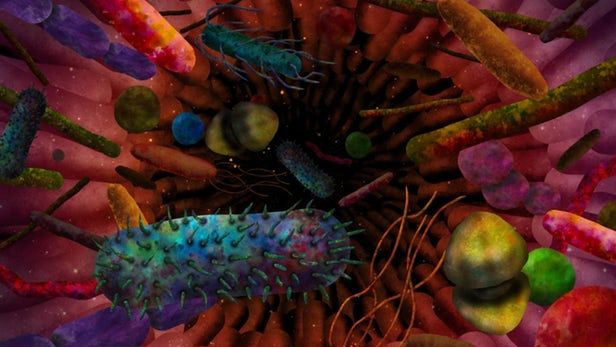
Two studies are shedding light on the links between the gut, the brain, and autism. The research reveals how gut problems can be triggered by the same gene mutations associated with autism, and a study shows how a fecal transplant from humans with autism can promote autism-like behaviors in mice.

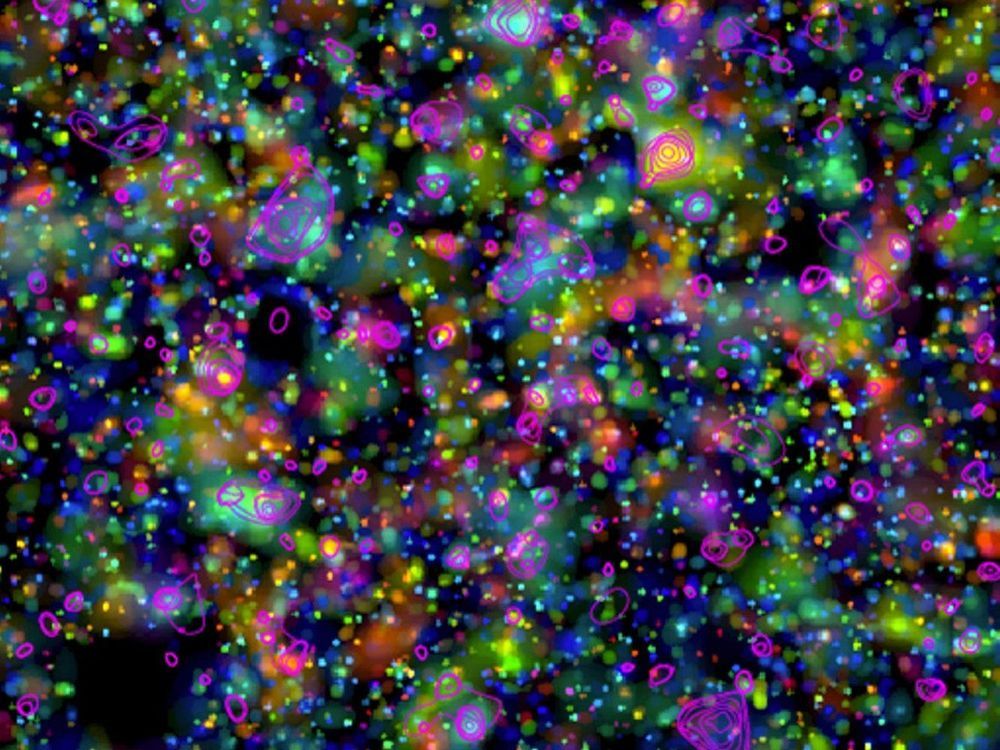

Since it was founded by notable rich people Bill Gates, Melinda Gates, and Warren Buffet in 2010, the Giving Pledge has attracted over 200 wealthy individuals from around the world who publicly commit to donate at least half of their money either during their lifetimes or in their wills. While signaling you’re about to disperse at least $18 billion is notable under any circumstances, MacKenzie’s announcement attracted particular attention in part because the Bezos fortune has been tightly held so far. Jeff, literally the richest person in the world, has committed far less to philanthropic efforts. Last year, he announced he would spend just $2 billion of his $150 billion fortune on charity.
Nearly two months after her divorce from Amazon CEO Jeff Bezos was finalized, MacKenzie Bezos has made a plan to be far more generous than she and her former husband were as a couple. When the pair split, she became one of the richest women in the world, with a fortune estimated to be worth more than $36 billion. Now she wants to start giving it away.
“I have a disproportionate amount of money to share,” MacKenzie, a novelist, wrote bluntly in an otherwise literary letter announcing her decision to join the Giving Pledge Tuesday. “My approach to philanthropy will continue to be thoughtful. It will take time and effort and care. But I won’t wait. And I will keep at it until the safe is empty.”
You’ve read your last complimentary article this month. To read the full article, SUBSCRIBE NOW. If you’re already a subscriber, please sign in and and verify your subscription.

“We joke that ‘The Martian’ would have been a much more boring movie,” said Justin Kugler, a vice president at Made In Space.
Fifty years after the first men walked on the moon, a new space race is underway, this one for a piece of what Wall Street analysts say could become a $1 trillion global space market. Around the world, companies such as Made In Space are launching — often literally — new products and services, building satellites to provide broadband internet, spaceships to take tourists on zero-gravity rendezvous, and mining equipment to extract minerals from asteroids.
On HoustonChronicle.com: Elon Musk injects ‘X’ factor into space quest with bold vision, mixed track record.
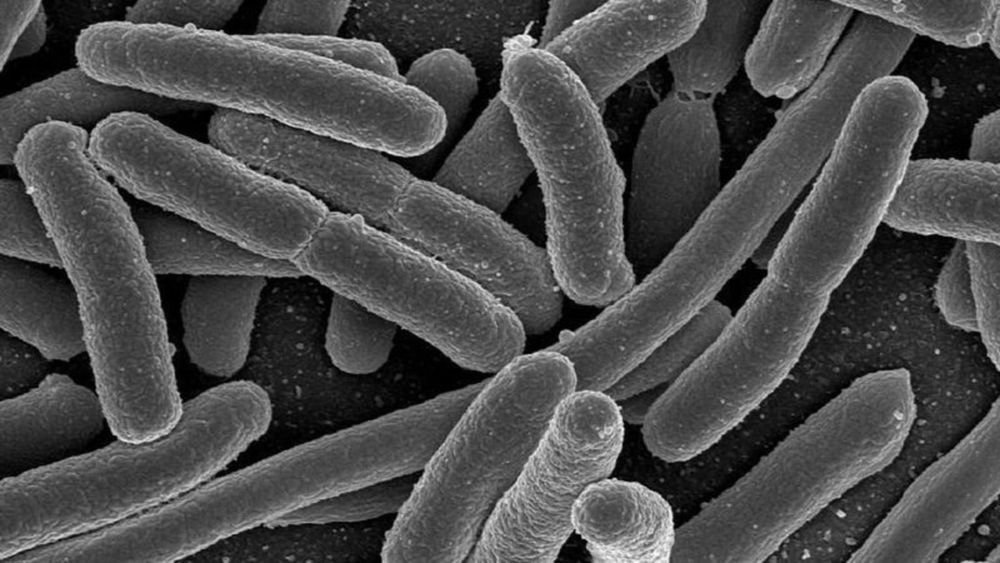
The newest results from the Human Microbiome Project have revealed just how connected the microbes in our gut are to our overall health.
You have about as many bacteria and other microbes living in your body as your own cells—and yet, we still don’t understand much about how this microbiome relates to bodily function. Back in 2007, the National Institutes of Health kicked off the Human Microbiome Project, a $200 million effort to understand these microbes. Scientists have now published the results from the second phase of this project, designed to study how the microbiome interacts with the human body. These three studies, which examine preterm birth, inflammatory bowel disease, and pre-diabetes, demonstrate that microbiomes are unique to individuals and intimately tied to our health.
